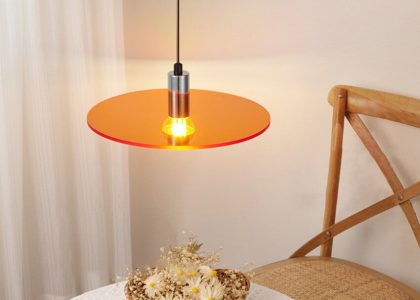Introduction
Japanese Wabi Sabi interiors have become increasingly popular in recent years. It is a design philosophy that celebrates simplicity, natural beauty and imperfection, and has been embraced by homeowners all over the world. In this article, we will explore the history, principles and elements of Japanese Wabi Sabi interiors, and how you can incorporate them into your own home.
What is Japanese Wabi Sabi?
Wabi Sabi is a Japanese concept that dates back to the 15th century. It is about finding beauty in imperfection and simplicity, and appreciating the natural world around us. For the Japanese, Wabi Sabi is a way of life, not just a design style. It is about finding beauty in the mundane and imperfect, and living a life of mindfulness and awareness.
The Principles of Japanese Wabi Sabi Interiors
The principles of Japanese Wabi Sabi interiors include:
1. Simplicity: Wabi Sabi is not about excess or decoration. It is about simplicity and minimalism.
2. Natural materials: Wabi Sabi emphasizes the use of natural materials, such as wood, stone, and bamboo. These materials are imperfect and asymmetrical, which adds to their natural beauty.
3. Imperfection: Imperfection and asymmetry are celebrated in Wabi Sabi interiors. They are seen as a reminder of the transience and impermanence of life.
4. Patina: Wabi Sabi interiors often incorporate aged and weathered materials, such as old wooden beams and vintage furniture. These materials have a patina that adds to their character and beauty.
5. Harmony: Wabi Sabi interiors strive for a harmonious balance between the elements of the room, and with the natural world outside.
Elements of Japanese Wabi Sabi Interiors
To create a Japanese Wabi Sabi interior, you can incorporate the following elements:
1. Simple furnishings: Choose furnishings that are minimalistic and unadorned, such as low tables and floor cushions.
2. Natural materials: Choose materials such as wood, stone, and bamboo that have a natural and imperfect quality.
3. Handcrafted items: Wabi Sabi interiors often include handcrafted items that have a unique and personal touch.
4. Organic shapes: Choose furnishings with organic and asymmetrical shapes that embrace imperfection.
5. Natural light: Wabi Sabi interiors often incorporate natural light and color, which reflect the natural world outside.
How to Incorporate Japanese Wabi Sabi Interiors into Your Home
To incorporate Japanese Wabi Sabi interiors into your home, you can try the following:
1. De-clutter: Keep only what is necessary and meaningful, and get rid of excess clutter.
2. Embrace imperfection: Don’t be afraid to embrace imperfection and asymmetry in your furnishings and decor.
3. Use natural materials: Incorporate natural materials like wood and stone into your decor.
4. Create harmony: Strive for a harmonious balance between the elements of your room, and between your home and the natural world outside.
5. Add personal touches: Add personal touches to your decor, such as handcrafted items or items that have sentimental value.
Conclusion
In conclusion, Japanese Wabi Sabi interiors celebrate simplicity, natural beauty and imperfection. They offer a way of life that encourages mindfulness, appreciation of the natural world, and a harmonious balance between the elements of a room. By incorporating the principles and elements of Wabi Sabi into your own home, you can create a space that is peaceful, harmonious and unique to you.


